 Metsä Fibre looks to curtail four sawmills for up to 90 days—affecting 350 workers. In related news: the fed’s tariff initiatives may help Canadian forestry stocks; Canada’s lawmakers get a forestry update; a fire damages Tolko’s Williams Lake mill; Sweden’s forest industry reports sharp decline; and construction prices rise despite lumber woes.
Metsä Fibre looks to curtail four sawmills for up to 90 days—affecting 350 workers. In related news: the fed’s tariff initiatives may help Canadian forestry stocks; Canada’s lawmakers get a forestry update; a fire damages Tolko’s Williams Lake mill; Sweden’s forest industry reports sharp decline; and construction prices rise despite lumber woes.
In Forestry/Climate news: West Fraser faces a logging blockade in Alberta; and the Washington Forest Protection Association is suing over the state’s new stream buffer rule. Meanwhile: UBC names tree scientist Shawn Mansfield Distinguished Scholar; Western Forestry Contractors announce their 2026 AGM speakers; the Wood Pellet Association of Canada names Michael Fantillo a Safety Hero; and the latest news from FSC Canada and the Canada Wood Group.
Finally, a Chicago County tackles invasive species with grazing goats rather than herbicides.
Kelly McCloskey, Tree Frog News Editor

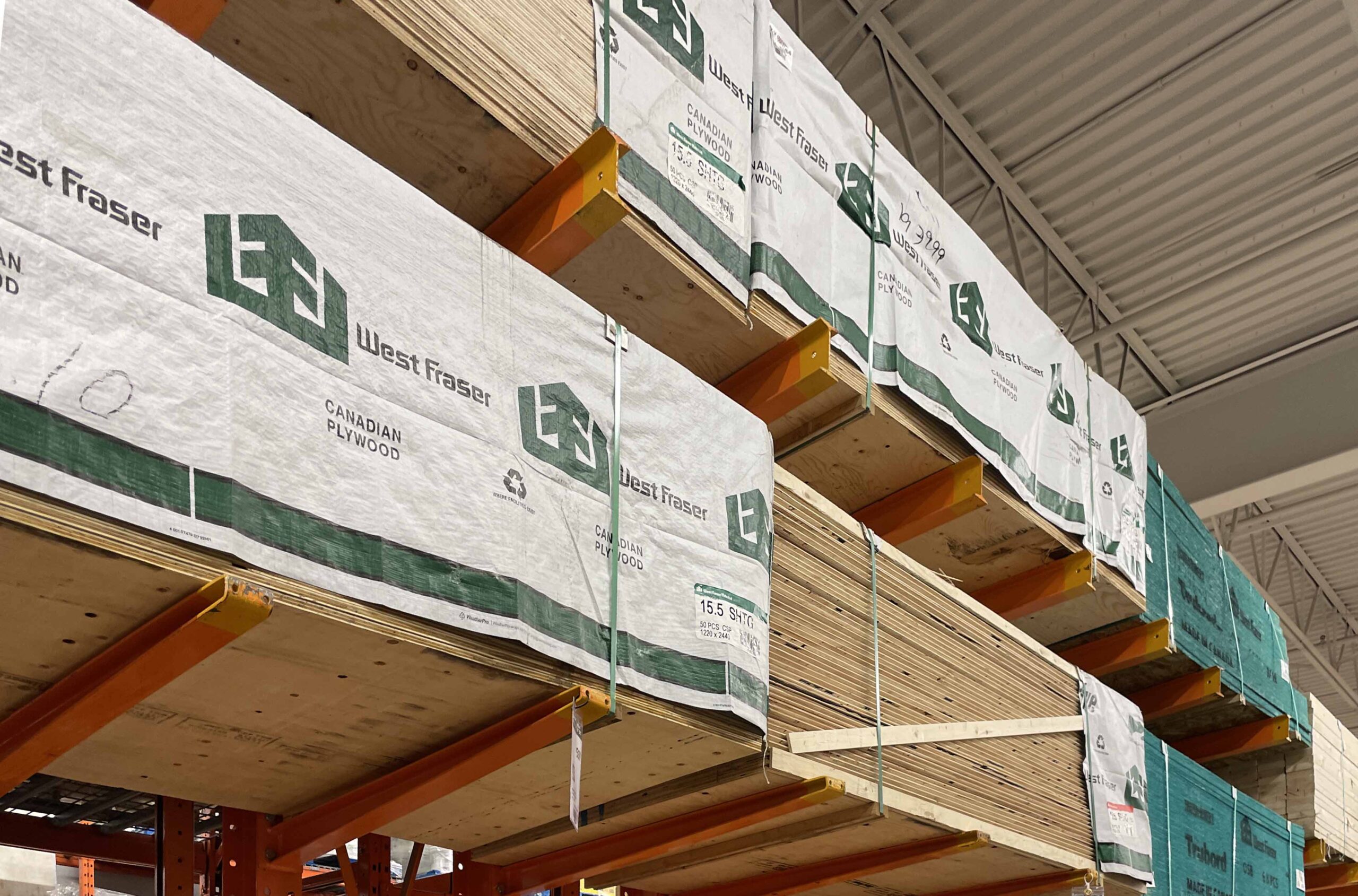 The District of 100 Mile House’s mayor and one of its councillors went to Victoria for meetings with provincial government officials over the impending West Fraser Mill closures on Monday, Nov. 24. During the Mayor’s Report at the Nov. 25 District of 100 Mile House Council meeting, Mayor Maureen Pinkney and Coun. Donna Barnett both revealed details about a visit to Victoria regarding issues surrounding 100 Mile, including the impending permanent closure of the 100 Mile West Fraser mill, as well as frequent closures of the emergency department at the 100 Mile Hospital. On Nov. 6, West Fraser Lumber announced in a release that it would be closing its 100 Mile House lumber mill following a two-month wind-down.
The District of 100 Mile House’s mayor and one of its councillors went to Victoria for meetings with provincial government officials over the impending West Fraser Mill closures on Monday, Nov. 24. During the Mayor’s Report at the Nov. 25 District of 100 Mile House Council meeting, Mayor Maureen Pinkney and Coun. Donna Barnett both revealed details about a visit to Victoria regarding issues surrounding 100 Mile, including the impending permanent closure of the 100 Mile West Fraser mill, as well as frequent closures of the emergency department at the 100 Mile Hospital. On Nov. 6, West Fraser Lumber announced in a release that it would be closing its 100 Mile House lumber mill following a two-month wind-down.
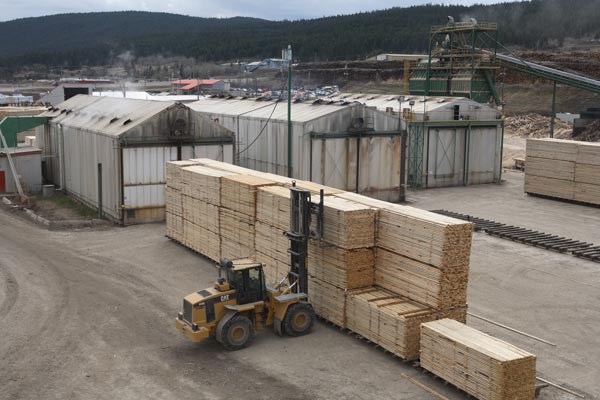
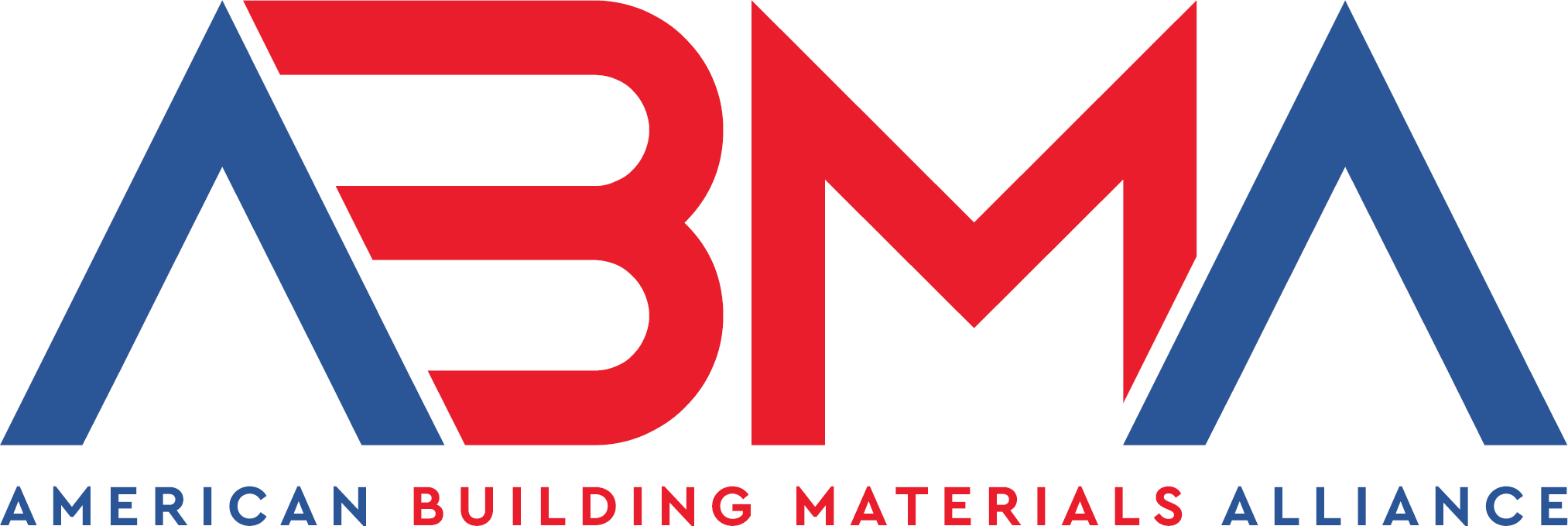


 Prime Minister Carney announced measures to help protect and strengthen the sectors most affected by U.S. tariffs. …The focus of the liquidity initiatives are to reduce bankruptcy or closure risk for leveraged or high-cost lumber mills through initiatives such as the BDC Softwood Lumber Guarantee Program… and enhancing EI worksharing and training grants. The demand support initiatives include working with railway companies to cut freight rates, prioritizing shovel-ready, multiyear projects that use Canadian wood products and creating demand for Canadian Wood products. The structural initiatives include a “forestry concierge” at Natural Resources Canada to help mills navigate loans and programs as well as an industry-led transformation task force to expand, diversify and identify opportunities and support affected communities. …The measures will help the sector but the bigger picture is really about duties and a supply/demand balance that has traditionally been difficult to obtain given this industry’s capital intensity. [to access the full story a Globe & Mail subscription is required]
Prime Minister Carney announced measures to help protect and strengthen the sectors most affected by U.S. tariffs. …The focus of the liquidity initiatives are to reduce bankruptcy or closure risk for leveraged or high-cost lumber mills through initiatives such as the BDC Softwood Lumber Guarantee Program… and enhancing EI worksharing and training grants. The demand support initiatives include working with railway companies to cut freight rates, prioritizing shovel-ready, multiyear projects that use Canadian wood products and creating demand for Canadian Wood products. The structural initiatives include a “forestry concierge” at Natural Resources Canada to help mills navigate loans and programs as well as an industry-led transformation task force to expand, diversify and identify opportunities and support affected communities. …The measures will help the sector but the bigger picture is really about duties and a supply/demand balance that has traditionally been difficult to obtain given this industry’s capital intensity. [to access the full story a Globe & Mail subscription is required]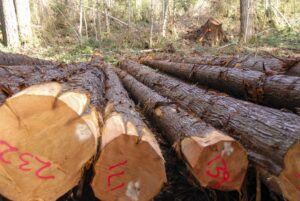 Sweden’s Green Business Index declined in the fourth quarter of 2025 as forestry and crop farming weakened, according to data from the Federation of Swedish Farmers. The total index fell to 100.7 from 106.5 in the previous quarter, marking a broad slowdown across several agricultural industries. The forestry subindex recorded the largest fall, dropping by 19 points to 97.6, its lowest level since spring 2020. The decline reflects weaker export demand, lower prices for sawn wood and pulp, and a soft U.S. dollar that reduced export revenues. New tariffs on Swedish wood products to the United States and a slower global economy further limited profitability. LRF reports that sawmills and pulp producers have experienced tightening margins, while forest owners face lower returns and are reducing harvesting activity.
Sweden’s Green Business Index declined in the fourth quarter of 2025 as forestry and crop farming weakened, according to data from the Federation of Swedish Farmers. The total index fell to 100.7 from 106.5 in the previous quarter, marking a broad slowdown across several agricultural industries. The forestry subindex recorded the largest fall, dropping by 19 points to 97.6, its lowest level since spring 2020. The decline reflects weaker export demand, lower prices for sawn wood and pulp, and a soft U.S. dollar that reduced export revenues. New tariffs on Swedish wood products to the United States and a slower global economy further limited profitability. LRF reports that sawmills and pulp producers have experienced tightening margins, while forest owners face lower returns and are reducing harvesting activity.  B.C.’s largest-ever forestry trade mission to Asia
B.C.’s largest-ever forestry trade mission to Asia
 The December edition — issued by FSC Canada — includes several major updates: the Canadian home-improvement and construction retailer RONA has become the first such retailer in Canada to use DoorDash for distribution; there’s news that Chantiers Chibougamau reaffirmed its commitment to FSC certification; Esri donated $1.65 million worth of geospatial technology to FSC; and there are recap highlights from the 2025 General Assembly in Panama. The newsletter also announces the launch of a new registry for certificate holders (ES Registry), publishes a new “Advice Note” on Indicator 55 of the Risk Assessment Framework, and opens two major consultations — one on Indigenous Cultural Landscapes and another to revise FSC’s Chain-of-Custody standards.
The December edition — issued by FSC Canada — includes several major updates: the Canadian home-improvement and construction retailer RONA has become the first such retailer in Canada to use DoorDash for distribution; there’s news that Chantiers Chibougamau reaffirmed its commitment to FSC certification; Esri donated $1.65 million worth of geospatial technology to FSC; and there are recap highlights from the 2025 General Assembly in Panama. The newsletter also announces the launch of a new registry for certificate holders (ES Registry), publishes a new “Advice Note” on Indicator 55 of the Risk Assessment Framework, and opens two major consultations — one on Indigenous Cultural Landscapes and another to revise FSC’s Chain-of-Custody standards.




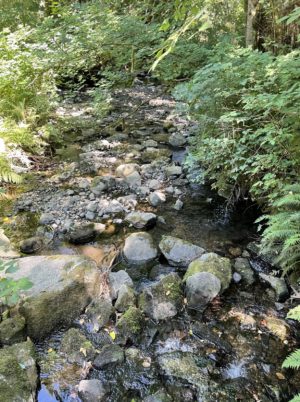 The Washington Forest Protection Association (WFPA) announced last week that it would file litigation against Washington state. The lawsuit will challenge a new buffer rule by the Washington State Forest Practices Board. The new rule expands the required no-cut buffers around non-fish-bearing streams in the state, requiring forestland owners to leave more trees uncut. WFPA states that it believes the new rule is a result of the Washington state Department of Ecology “misinterpreting” a federal water temperature standard. The statement added that the financial cost of implementing the rule is so large that it “justifies a judicial review.” The group also painted the creation of the new rule as a break from the state’s tradition of collaboration with other stakeholders. …“The rule overreaches the law, ignores on-the-ground realities, adds costly and unnecessary regulations, and offers little to no benefit for salmon recovery.”
The Washington Forest Protection Association (WFPA) announced last week that it would file litigation against Washington state. The lawsuit will challenge a new buffer rule by the Washington State Forest Practices Board. The new rule expands the required no-cut buffers around non-fish-bearing streams in the state, requiring forestland owners to leave more trees uncut. WFPA states that it believes the new rule is a result of the Washington state Department of Ecology “misinterpreting” a federal water temperature standard. The statement added that the financial cost of implementing the rule is so large that it “justifies a judicial review.” The group also painted the creation of the new rule as a break from the state’s tradition of collaboration with other stakeholders. …“The rule overreaches the law, ignores on-the-ground realities, adds costly and unnecessary regulations, and offers little to no benefit for salmon recovery.” Illinois — Four-legged reinforcements may be enlisted to help battle invasive buckthorn in Lake County forest preserves. The idea is in the formative stage, but forest district commissioners appear amenable to launching a pilot program to determine if grazing goats or sheep can help manage the pesky invaders. Buckthorn and other woody invasive species are considered among the greatest threats to natural areas across the region, and in Lake County comprise more than 52% of all trees, according to the Lake County Forest Preserve District. …“While grazing is not anticipated to fully replace herbicides or other invasive control practices, it could provide a potential alternative to accomplish objectives in a cost-effective manner,” according to information being presented this week to forest board committees. The pilot agreement likely would allow six to eight sheep or goats to graze on two or three acres of district land for up to four years.
Illinois — Four-legged reinforcements may be enlisted to help battle invasive buckthorn in Lake County forest preserves. The idea is in the formative stage, but forest district commissioners appear amenable to launching a pilot program to determine if grazing goats or sheep can help manage the pesky invaders. Buckthorn and other woody invasive species are considered among the greatest threats to natural areas across the region, and in Lake County comprise more than 52% of all trees, according to the Lake County Forest Preserve District. …“While grazing is not anticipated to fully replace herbicides or other invasive control practices, it could provide a potential alternative to accomplish objectives in a cost-effective manner,” according to information being presented this week to forest board committees. The pilot agreement likely would allow six to eight sheep or goats to graze on two or three acres of district land for up to four years.  TORONTO — Environmental experts are calling out the City of Toronto for not including a what they say is a key climate tool in its five-year climate action plan. The Toronto Environmental Alliance is highlighting the lack of building emission performance standards (BEPS) in the plan. BEPS are regulations that set emission limits for new and existing buildings. How-Sen Chong, TEA’s climate campaigner, such standards are one of the most significant policy tools as they would help the city cut emissions more efficiently. …Bryan Purcell, at the Atmospheric Fund, said, “Buildings are the largest source of GHG emissions in Toronto, accounting for over half of the emissions,” he said. “Reducing emissions from buildings is absolutely key to reaching the city’s climate targets.” …Chong “we’re hoping city council recognizes how important this is because so much of the city’s emissions are coming from the building sector,” he said.
TORONTO — Environmental experts are calling out the City of Toronto for not including a what they say is a key climate tool in its five-year climate action plan. The Toronto Environmental Alliance is highlighting the lack of building emission performance standards (BEPS) in the plan. BEPS are regulations that set emission limits for new and existing buildings. How-Sen Chong, TEA’s climate campaigner, such standards are one of the most significant policy tools as they would help the city cut emissions more efficiently. …Bryan Purcell, at the Atmospheric Fund, said, “Buildings are the largest source of GHG emissions in Toronto, accounting for over half of the emissions,” he said. “Reducing emissions from buildings is absolutely key to reaching the city’s climate targets.” …Chong “we’re hoping city council recognizes how important this is because so much of the city’s emissions are coming from the building sector,” he said.